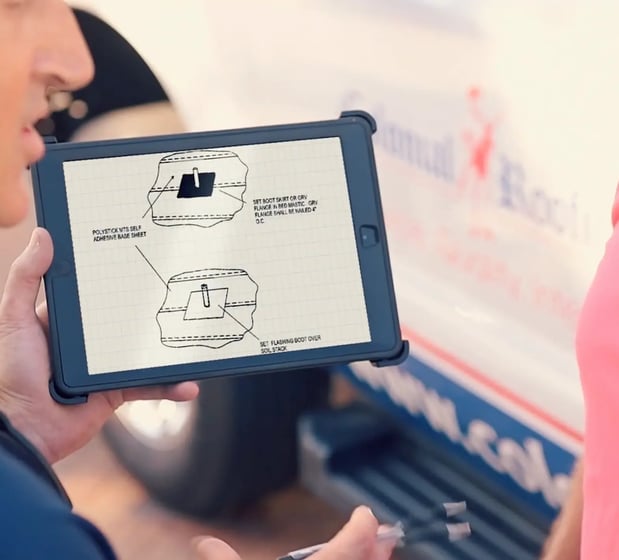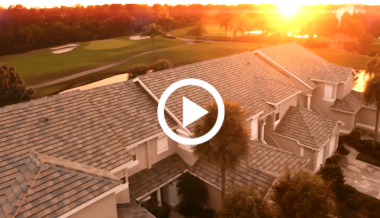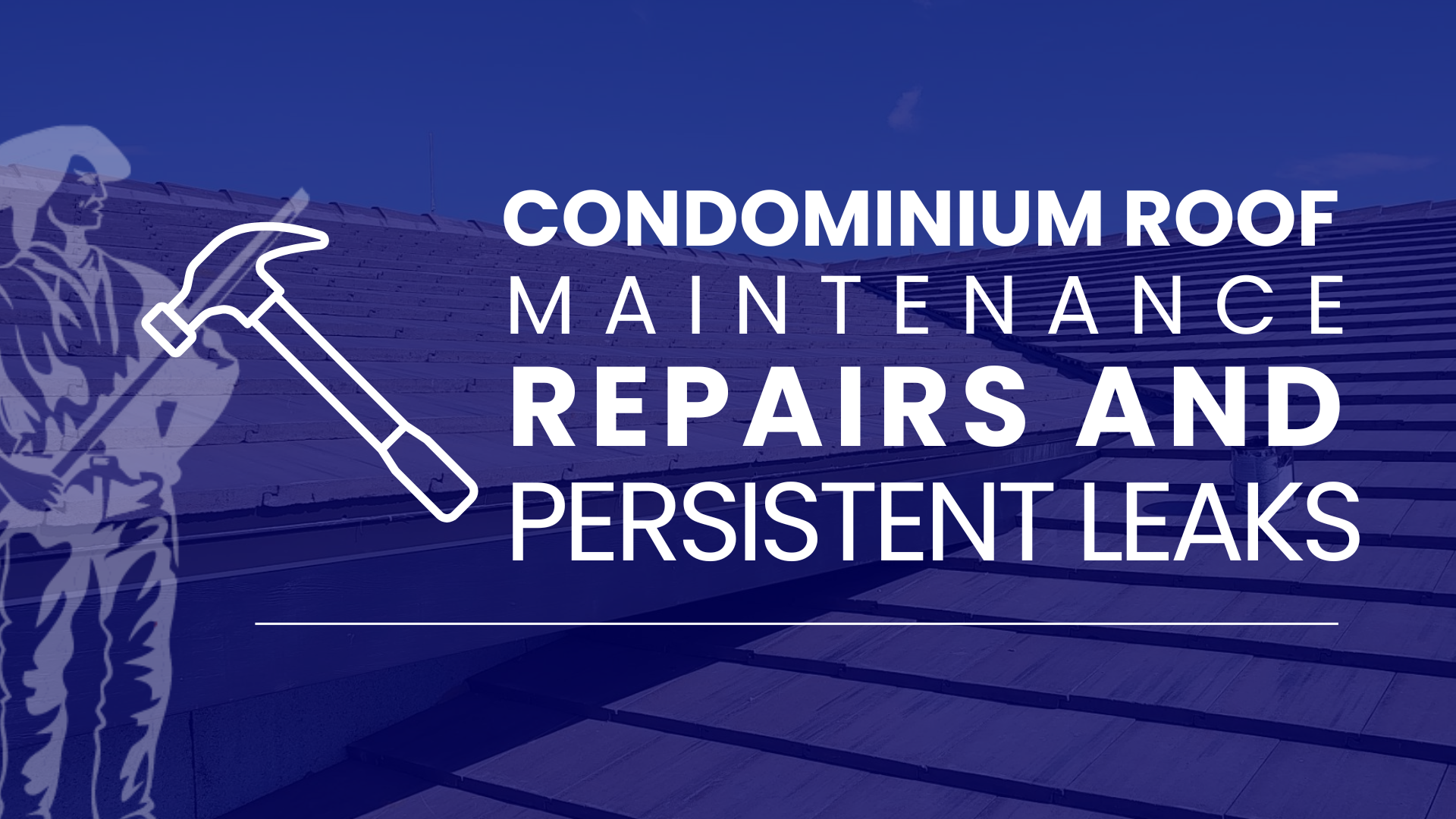Condo Roof Leaks in Florida: When Repairs Aren’t Enough
Tile roofs are particularly deceptive. The surface tiles may look pristine, but beneath them lies the underlayment, the true waterproof barrier. Once it starts cracking, drying, or separating, water begins sneaking through in unpredictable places.
Why Roof Leaks Might Persist in Other Areas Despite Repairs
Condominium roof repairs address isolated issues, not aging or faulty, underspec’d systems. Roofers can only fix what they can see. Without tearing off the tile or membrane, it’s impossible to identify every underlying weak point. That’s why leaks “move” - they’re popping up where the next failure in underlayment occurs, not necessarily where the last one was fixed.
 An experienced Florida roofing contractor can spot patterns across service calls. When the same building starts logging leak reports in multiple areas, that’s not bad luck or faulty repairs, it’s a warning that the roof is nearing or has reached the end of its service life.
An experienced Florida roofing contractor can spot patterns across service calls. When the same building starts logging leak reports in multiple areas, that’s not bad luck or faulty repairs, it’s a warning that the roof is nearing or has reached the end of its service life.
When It's Time to Stop Patching
At a certain point, more repairs only delay the inevitable. Each service call might cost a few thousand dollars, but repeated patching on a failing roof quickly surpasses adds up. The smarter approach is to use those service records to forecast replacement timing and budget accordingly.
The Case for Consistency
Communities that stick with one contractor for maintenance and replacement gain a huge advantage: pattern recognition. A single service history allows your roofer to identify chronic problem areas and predict system-wide failure before it hits critical mass. Rotating between vendors might save a few dollars per visit, but it loses that invaluable data.
If leaks keep appearing in new places, the problem isn’t necessarily your contractor, it’s likely your roof itself. Recognizing that early means potentially saving your community thousands in headaches, special assessments and damages.
.jpg)

.png)

